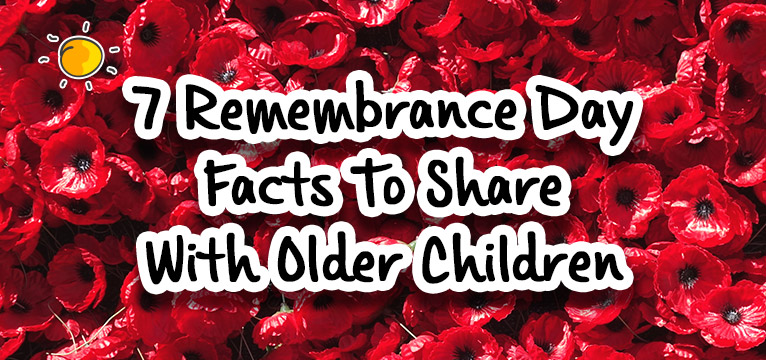Remembrance Day is marked for the nation to remember those who fought for our country and is of course a chance for our children to reflect and understand the meaning of the day. It can be a tough task explaining this subject to children, but here are some facts which we hope will help.
- Remembrance Day, or also known as Armistice Day, marks the day World War One ended in 1918. On the 11th day of the 11th month at 11am, a two minute silence is held as a tribute to those who lost their lives fighting for their country.
- The anniversary is used to remember those who have died not just in World War One, but also World War Two, the Gulf and Falklands Wars, as well as recent conflicts in Afghanistan and Iraq.
- Remembrance Sunday is also recognised each year, which falls on the second Sunday in November and ceremonies are held throughout the country at churches, cenotaphs and war memorials.
- The Royal Family gather at The Cenotaph in Whitehall, London for a memorial service which is televised.
- The “Last Post” is traditionally played to mark the start of the two minute silence in Remembrance Day memorials, and the sounding of “Reveille” or “The Rouse” follows the end of the silence.
- The remembrance poppy has been used since 1921 to honour those who died, which was inspired by World War One poem “In Flanders Fields”.
- In the few weeks leading up to Remembrance Sunday, The Royal British Legion distribute poppies in return for donations to their “Poppy Appeal” which supports current and former British veterans.










